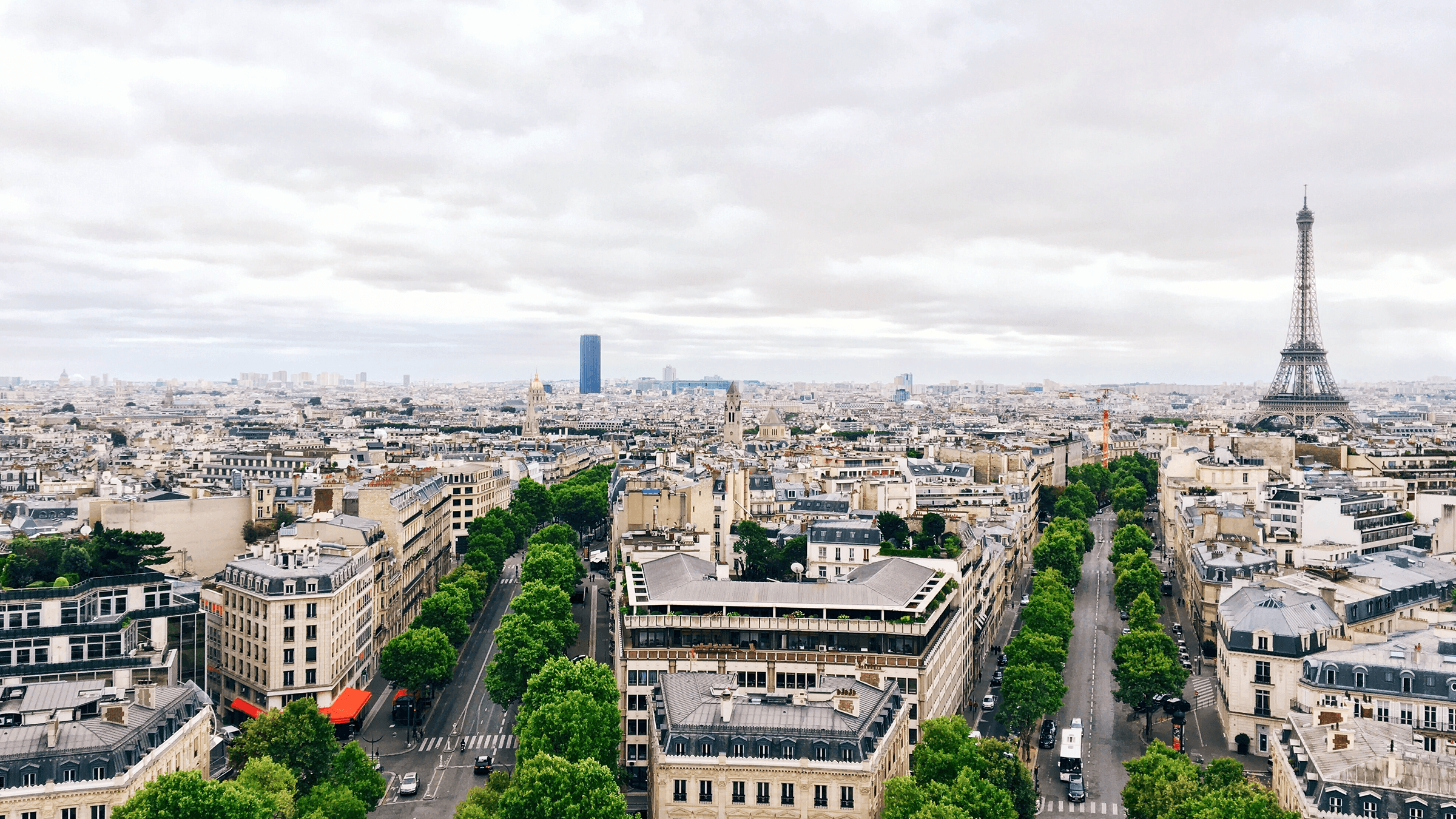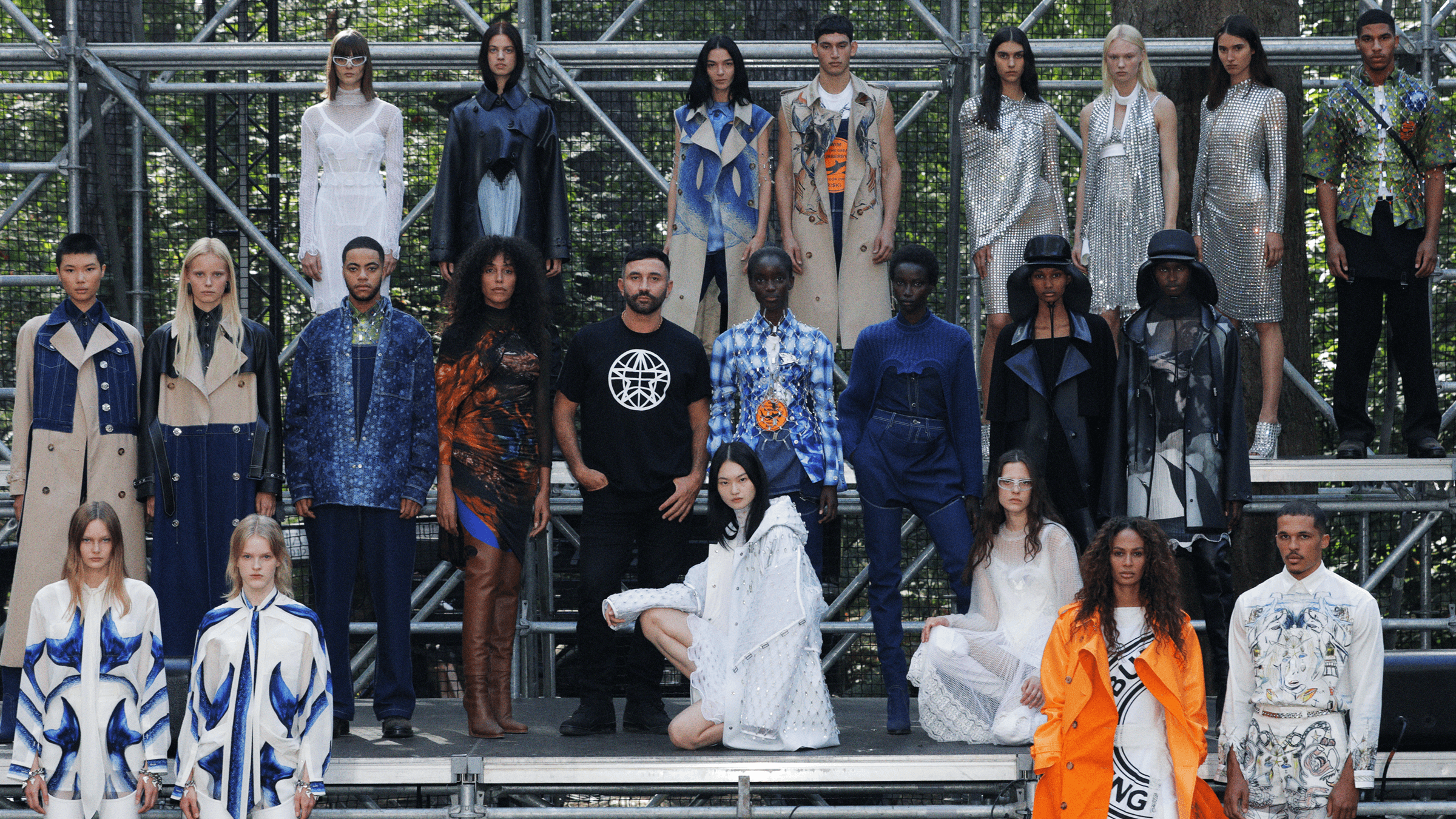For years, fashion week season has been the undisputed highlight of the industry’s collective calendar. Despite murmurs of dissatisfaction about its impact on the environment, a low return on investment for labels and the frequent instances of designer burnout, very little has changed about the format since inception.
This year, however, things are a little different. The fashion industry has experienced never-before-seen disruption in the last few months, with Covid-19 posing serious questions about the viability of seasonal fashion cycles and the sector’s reliance on international travel. Nowhere has this shake-up been better demonstrated than in Paris, London, Milan and New York during this year’s fashion week season.
As the true impact of the pandemic became apparent, and international governments issued renewed social distancing measures, fashion houses and industry bodies rushed to adapt their plans for fashion week. As Emily Zak, former Global Head of Fashion shows at Vogue put aptly: “the industry misunderstood the implications of the pandemic – it did not have a plan B.”
In the nick of time, large-scale runway shows across the world’s four fashion centres were reimagined as hybrid events, combining digital technology with smaller or even one-to-one physical events to showcase the latest collections during Covid-19.
Luxury fashion houses have certainly responded with creativity and innovation. In Milan, Moschino showcased its collection using miniature puppets, scaling all 40 pieces down to size and even featuring a miniature Anna Wintour sitting on the front row. Both Burberry and Jacquemus opted for hybrid models, presenting impactful live shows outdoors that were filmed for audiences at home. This hybrid model combining the physical and virtual certainly seems to have been the most effective, with a standout example being Louis Vuitton’s show in Shanghai, which garnered an impressive 100 million views online.
To gauge the feeling in the industry, we caught up with Alessandro Ferrari, CEO of luxury brand consultancy The Style Gate. “I’ve been excited by the mixture of virtual and physical shows,” he told us, “and I don’t think we can go back to the old model. Many luxury brands don’t need a traditional show to showcase fashion in an exciting and dynamic way, and can communicate their ideas creatively through any means. In fact, I have seen more creativity through this fashion week that I have for a long time – the Moschino show was amazing.”
Alessandro predicts that the best way forward will be to incorporate a mixture of virtual and physical shows, and make decisions based on the identity of the brand. Dolce & Gabbana’s Alta Moda couture show, for example, worked perfectly with a small gathering that was intimate enough to see the incredible workmanship of the garments up close. On the other hand, brands which want to reach a wide, global audience such as Burberry and Vuitton can create a digital showcase that becomes an online spectacle.
Does this mark a new era of digital buying? Richard Johnson, Chief Commercial Officer at MyTheresa told us that the industry can expect some long lasting, even permanent change now the evolution towards digital has been accelerated. “A lot that can be done via on-screen sessions,” he said, “and now we’ve become accustomed to this way of working I don’t think it will be necessary to go back to a time of relentless travel schedules. There’s definitely a balance to be struck.”

Indeed, JOOR, the tech company that has powered many of this season’s global fashion shows including London, New York and Tokyo, has seen a dramatic increase in the number of buyers logging on and placing orders digitally. As Chris Akrimi, SVP Global Sales at JOOR noted: “The digitisation of trade shows is here to stay”. JOOR was selected as the partner to London Fashion Week in June 2020, and since then has allowed brands and retailers to trade through their virtual showrooms and online experiences, organically building the largest curated global fashion marketplace. The statistics are impressive: this year JOOR has hosted 16 online trade shows, 1,600 brands and over 119,000 retailer log ins.
Despite these strides, much of the fashion sector is still grounded in tradition, and creatives, buyers and industry heavyweights alike still see value for large-scale shows. “Touch and feel are crucial to luxury,” Richard Johnson commented, “and there’s no doubt our teams are keen to travel to showrooms again and see the product in-person once it’s safe to do so.”
Moreover, to successfully showcase a collection digitally requires significant budget and creative talent. A permanent move to online could alienate small brands which don’t have a sufficient funds, and spell commercial disaster for young designers without access to digital capabilities. Matthew Drinkwater, Principle at the Fashion Innovation Agency, suggested that even the large brands had missed an opportunity for innovation. “In my view, many of the virtual experiences have been rather flat, and haven’t pushed any boundaries. Even in the top-tier luxury brands, there’s still a big lack of digital leadership on boards with little understanding of the tools that are available to make something really extraordinary”. Richard Johnson agreed: “There have been mixed results… simply airing a video doesn’t cut through”.
It is clear that this is a new beginning for the fashion industry. As Emily Zak told us: “this year has been a petri dish of what works and what doesn’t. Brands will look back and learn a lot from these shows”. There have never been more opportunities to reach a wide global audience on a never-before-seen scale, and the winning brands will be those with the courage to take risks and break down barriers. At the heart of this will be a brand’s creative digital talent and – critically – an internal mindset to embrace the virtual opportunity ahead. With the right hybrid approach there is an opportunity to democratise the once-elitist fashion weeks, while still maintaining a top-of-the-pyramid experience for buyers and press alike.
mathew.dixon@thembsgroup.co.uk | Elizabeth.Shelley@thembsgroup.co.uk | @TheMBSGroup








